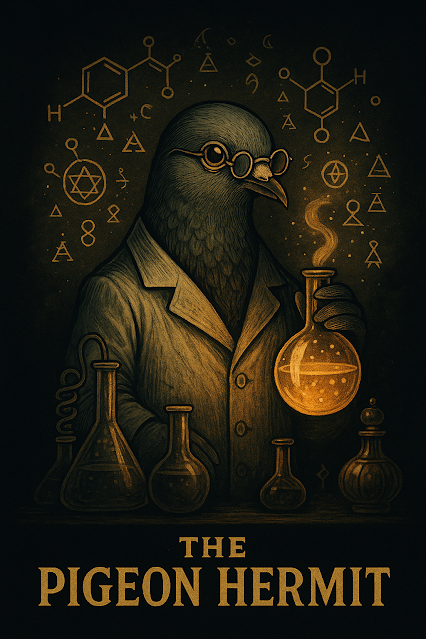Outside of jailbreaking your iOS device that you would otherwise intend to use for Apple’s Developer Program development, there aren’t many easily discoverable (and free) bash shell command line interfaces à la Mac OS X like many of us, in this generation, had grown up with and are fond of, when it comes time to sudo root out a fixie solution for developing on our native operating system and devices. By the way, jailbreaking your iOS device under the Apple Developer Program’s Terms of Service and License Agreements is not allowed, for various reasons which apparently void the AppleCare on a device.
However, for the die-hard searchers who are done trying to jailbreak their device, play by the rules, and seek out legitimate and ordained solutions in their quest to maintain legacy habits of command-line interface device and UNIX-based OS development, I (just today) discovered a great app solution that fits this problem just right, through Apple’s TestFlight, a beta app distribution interface, feedback and user ticketing service on osxdaily.com, where they feature a Linux shell app that runs Alpine Linux through the host device’s RAM (to begin with), and allows the user to use the ‘apk’ command to search for and install packages from repositories to make a quick ad hoc Linux distro on an iOS | iPadOS device. Thanks, osxdaily!
I’ve just started to delve in to the bash shell command line interface basis of development again, so I’m a bit rusty, although I had just configured a nice Debian Linux base, core, and unstable packages installation on one of my Google Android OS (TCL) smartphones using Termux from the Google Play Store. As it turns out, many of the repositories used for developing both iOS and Android apps and programs are the same, essentially, when taking in to consideration the source code foundations of the development libraries, binaries, and Application Programming Interfaces (APIs). The difficulty I’d been having on the iPadOS format is due to some of the intrinsic values that Apple implements in their App Store and Developer Program offerings of terms of service with development standards such as Java, which is one of the formative pillars of the MAC OS X operating system - they don’t want package archives and resources to execute script and codes outside of having been approved for and distributed under signed certificates that the Apple Developer Program system has as part of the app Production process.
By the way, here’s the link to the TestFlight beta for iSH - the iOS and iPadOS Linux Terminal solution.



















